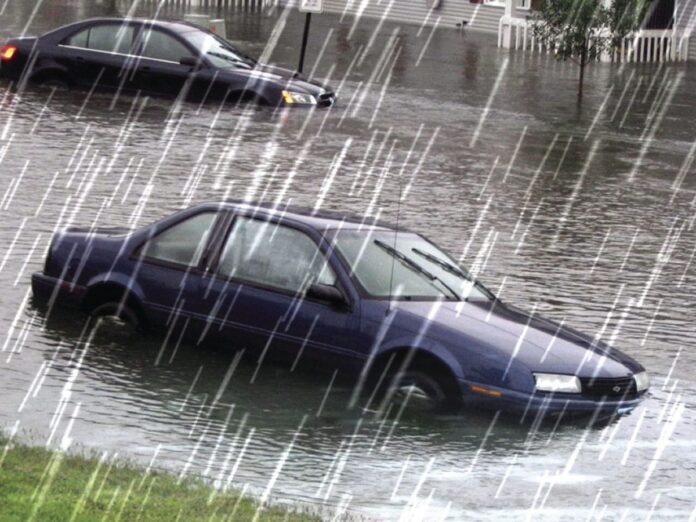BROWNSVILLE — Forecasters are predicting a near or above normal hurricane season.
Of the 10 to 16 named storms expected, five to nine will be hurricanes and one to four could become major hurricanes.
A major hurricane is a Category 3 or higher.
The announcement was made at a National Oceanic and Atmospheric Administration news conference in Florida.
Officials continue to warn residents that it only takes one storm to cause devastation to an area and are encouraging residents who live along the coastline to begin preparing now for the upcoming hurricane season.
“This includes making emergency and evacuations plans with family members, and preparations for businesses in regions that can be impacted by hurricanes,” said Neil Jacobs, assistant secretary of Commerce for Environmental Prediction at NOAA.
The hurricane season begins June 1 and ends Nov. 30.
“Regardless of the seasonal hurricane predictions, Atlantic and Gulf Coast residents need to prepare every single year for the hurricane season because we know hurricanes can strike in a weak and a relatively quiet year, we know like last year, we can get a lot of hurricanes striking in a very active season,” said Gerry Bell, lead hurricane season forecaster with NOAA’S Climate Prediction Center.
The first named stormed would be named Alberto and the second would be named Beryl.
During the 2017 Atlantic hurricane season, there were 17 named storms, of which 10 became hurricanes and six became major hurricanes.
Although there are no La Nina or El Nino climate factors this year, this could change later in the season and could affect the development of storms. A La Nina builds storms up, and an El Nino shuts down or weakens the storms.
“El Nino acts to increase the wind shear, which suppresses the hurricane. We might get a weak El Nino to maybe suppress the latter part of the season this year, that’s an uncertainty in this outlook,” Bell said, “Its counterpart La Nina, like we had last year, reduces the wind shear and favors a lot more hurricanes. We don’t expect a La Nina this year.”
However, Bell later cautioned that things could change because there is a lot of uncertainty when predicting the development of El Nino and La Nina at this time of the year.
“Right now, if El Nino does not form and the Atlantic Ocean temperatures warm up a bit from where they are now, we could certainly see the seasonal activity near the higher end of the predicted ranges,” Bell said.




